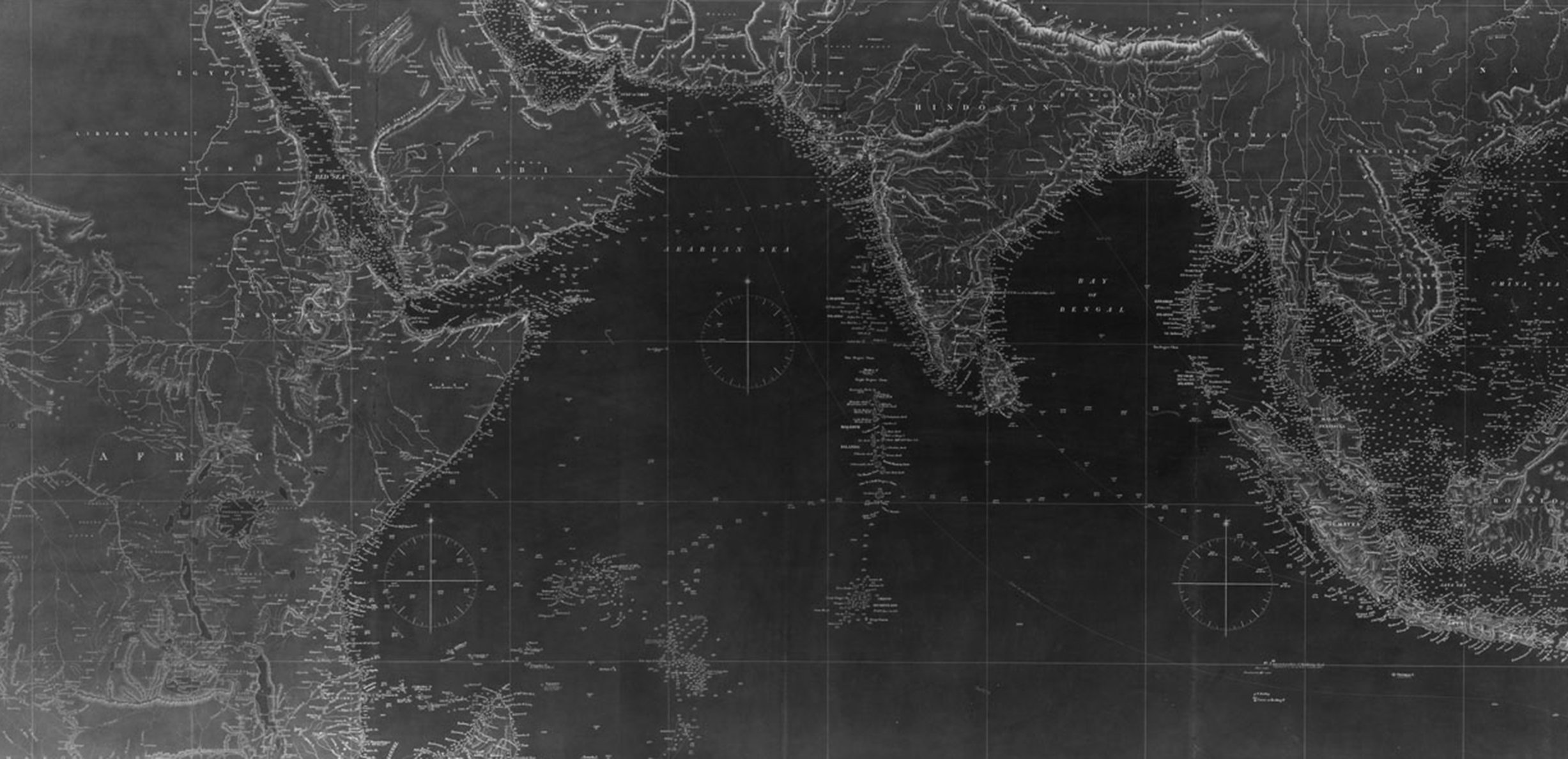
2. Comparing Slave Trades
How did the Atlantic slave trade compare with trafficking on multi-directional Indian Ocean slaving paths over time?
Students find the answers to the following questions as they compare slave trades in different times and places:
How many captives were trafficked across oceans and overland in the Atlantic and western Indian Ocean worlds?
What were the age and sex ratios of forced migrants? How did these patterns change over time?
Who were the multinational traders involved in these trades and through what institutional and material structures, technologies, and networks did they conduct their commerce?
How did the US fit into Indian Ocean exchange webs involving Portuguese and Arab merchants, Gujerati-speaking financiers, South American silver, and African suppliers and consumers feeding mines and plantations in Brazil, Cuba, western IOW economies?
Scroll down to see links to digital archives, maps, and references to tables and relevant chapters from Sojourners, Sultans, and Slaves.
Sample sources on slave trades in comparative contexts:
Use the digital archive, https://www.slavevoyages.org; and the adjacent map, Tables 1 & 2, and Parts Three and Four (chapters 5 though 9) of our book Sojourners, Sultans, and Slaves, to discuss answers to the questions posed in this section.
